6 Cost-Effective Materials for Custom Two-Piece Packaging Boxes
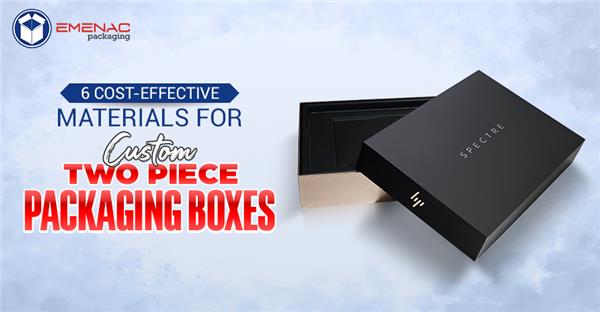
Custom packaging can really enhance a product’s appearance, make it feel more premium, more cared for. But then comes the cost. Especially when you're working with custom-printed two-piece boxes, it’s easy to get swept up in fancy finishes and premium textures that look great but quietly destroy your budget.
If you're a small business, an indie brand, or just someone trying to avoid spending unnecessarily, you're probably looking for materials that balance presentation and price. And that’s totally possible without compromising the aesthetic too much.
So, let’s look at six of the most cost-effective materials for custom two-piece packaging boxes. These aren’t just cheap options, but they’re practical, customisable, and surprisingly good-looking when handled right.
Budget-Friendly Materials to Use for Custom Two-Piece Packaging Boxes
Kraft Paperboard
Kraft is like the go-to when someone says 'eco-friendly' and 'affordable' in the same sentence. It has that rustic, raw texture — brown, earthy, and minimal.
It’s also 100% recyclable and biodegradable, which feels like a win if your brand cares about sustainability (or if your customers do).
But beyond the green angle, Kraft is just dependable. It’s sturdy enough for most lightweight to moderate products like cosmetics, soaps, handmade items, and accessories. Not ideal for very heavy stuff unless you reinforce it, but still.
Pro Tip:
You can print directly on Kraft using black or white ink for that simple, artisan vibe. Foil stamping looks unexpectedly great on it, too, sort of a contrast between luxe and raw.
Corrugated Cardboard
It’s not glamorous, but it works. Corrugated material is basically two flat sheets with a fluted inner layer. That little ripple makes a huge difference in strength and protection.
This is especially useful if your product needs to be shipped or handled roughly. Custom two-piece boxes made with corrugated board can still look pretty sleek, especially with some good design and printing.
The only downside? It can feel a little bulky, depending on the thickness. But for heavier products, electronics, or even fragile items, this is probably the safest and still-affordable option.
Maybe this is obvious, but corrugated doesn't have to mean boring. A clean print design, a matte finish, and bam, it feels intentional, not cheap.
Duplex Board
If you’re not super familiar with the term, duplex board is basically a two-layered cardboard. The outer surface is white and smooth (which makes it excellent for printing), and the inside is usually grey or light brown.
It’s often used for packaging items like toys, household products, or fast-moving consumer goods. One of the main benefits is cost-efficiency, especially when you need good printability on a budget.
It’s not quite as strong as corrugated, but it’s lighter and more polished than Kraft. If you’re trying to maintain a proper balance between visual appeal and affordability, this could be the best option.
Quick note:
It does have a slightly glossy finish unless you specify otherwise. That can be great or not, depending on your branding.
Chipboard (Greyboard)
Chipboard is like the underrated sibling in the packaging world. It’s made from recycled paper and pressed into thick sheets. The result is a dense, solid-feeling board that’s surprisingly cheap to produce.
It’s what you’ll often see in high-end packaging, but here’s the catch: usually it’s wrapped in a printed paper or special coating to make it look more refined. The board itself is grey and plain, but it’s strong and holds structure well.
So, if you’re okay with a two-step process (board + wrap), chipboard gives you the stiffness of something expensive without the actual cost.
Pro Tip:
Use chipboard for the inner structure and wrap it with custom-printed art paper or textured stock. It adds perceived value without blowing your budget.
Rigid Paperboard (in Lower Thickness)
When people think of custom rigid boxes, they usually think expensive. And sure, high-thickness rigid boxes (like for luxury electronics or perfumes) aren’t exactly budget-friendly.
But if you slightly reduce the thickness, say from 1200 gsm to something more like 800 gsm, you can still get that premium feel while saving quite a bit on materials.
It’s all about finding that sweet spot. You get a box that feels structured and intentional, but doesn’t weigh a ton or cost like it should be holding diamonds.
You might not go for this option if you’re making hundreds of thousands of units, but for smaller batches, it can work beautifully.
Folding Carton Board (White SBS)
Solid Bleached Sulfate, or SBS board, is super clean, white, and easy to print on. It’s what you see in a lot of retail packaging for cosmetics, skincare, and supplements.
And while it’s technically more of a folding carton material, it can be used in a two-piece box format if your product isn’t too heavy. It folds well, holds shape, and has that crisp, white surface people associate with clean branding.
It's not quite as sturdy as the rigid board, but it's cheaper, lighter, and if you use clever structural design, still very presentable.
Slight Caveat:
It’s not great with moisture. So maybe avoid this if your product lives in humid or unpredictable conditions.
Final Thoughts!
Choosing the right material for your custom two-piece packaging boxes really comes down to priorities. Want it to look premium? Go for chipboard or thinner rigid board. Need strength for shipping? Corrugated wins. Care about eco-friendliness and simplicity? Kraft’s got you.
There’s no one perfect material, and honestly, that’s the beauty of it. You can mix, test, and tweak. Maybe your outer box is rigid, but the inner tray is duplex. Or maybe you start with Kraft and upgrade later as your business grows.
Packaging doesn’t have to be all-or-nothing. A few smart choices, even small ones, can make your brand stand out without emptying your pocket.
Share This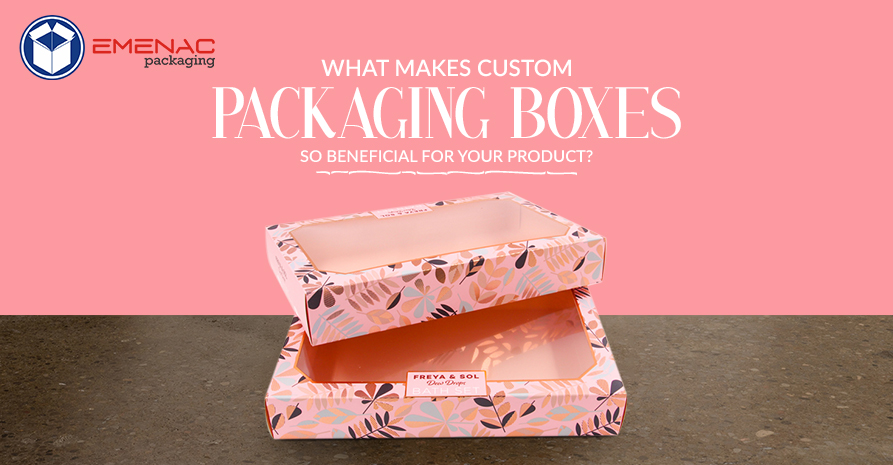 What Makes Custom Packaging Boxes so Beneficial for your Product?
What Makes Custom Packaging Boxes so Beneficial for your Product?
 How Window Soap Boxes are Valuable for Your Brand Success?
How Window Soap Boxes are Valuable for Your Brand Success?
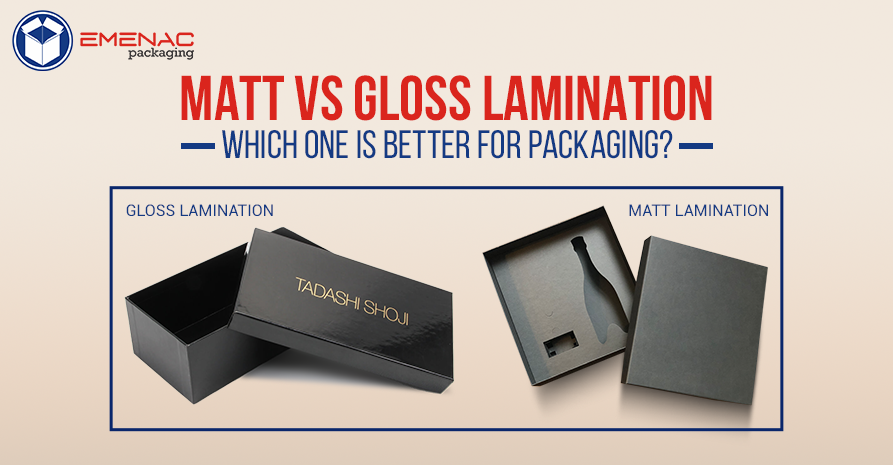 Matt Vs Gloss Lamination: Which One Is Better For Packaging
Matt Vs Gloss Lamination: Which One Is Better For Packaging
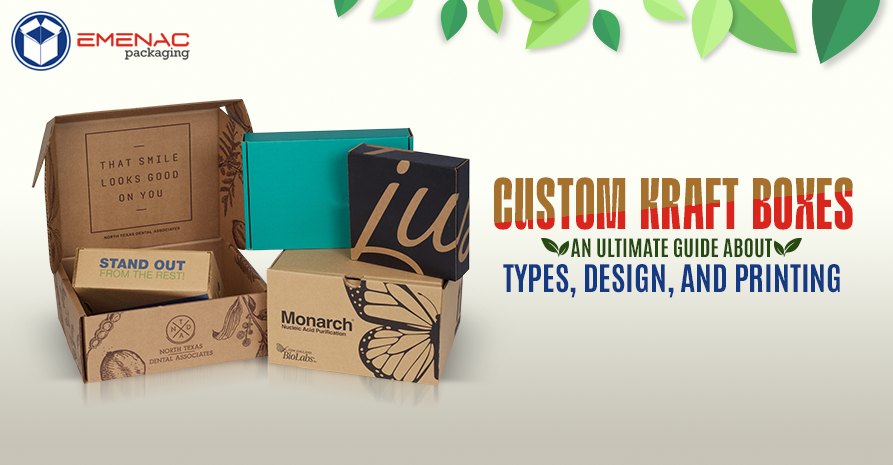 Custom Kraft Packaging Boxes: An Ultimate Guide about Types, Design, and Printing
Custom Kraft Packaging Boxes: An Ultimate Guide about Types, Design, and Printing
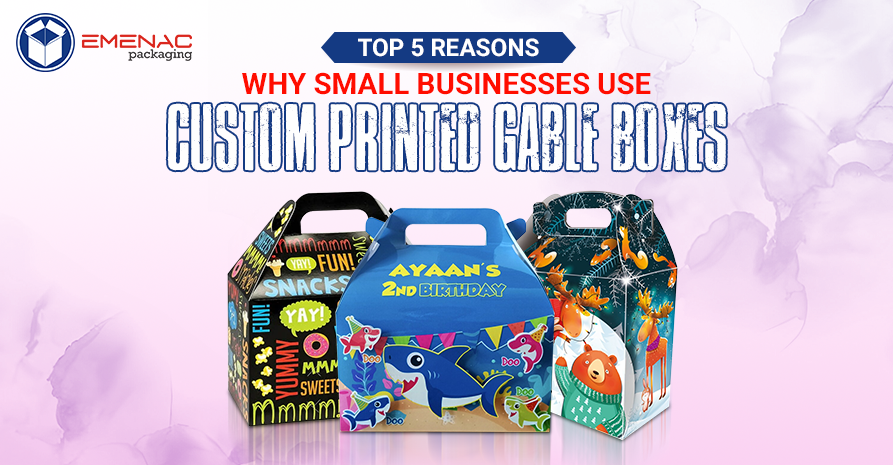 Top 5 Reasons Why Small Businesses Use Custom Printed Gable Boxes
Top 5 Reasons Why Small Businesses Use Custom Printed Gable Boxes
